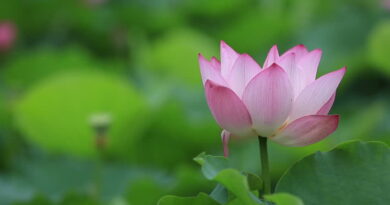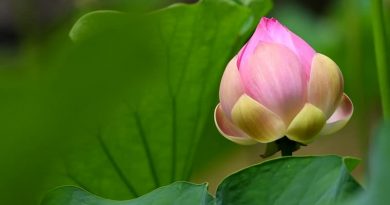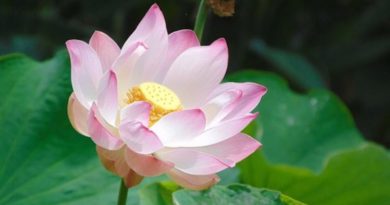Monks And Nuns
[11]
Monks and Nuns
-ooOoo-
The monastic institution is an important one in Buddhism. What is the purpose of monks and nuns and what are they supposed to do?
The Buddha’s purpose in founding an order of monks and nuns was to provide an environment in which spiritual development would be easier. The lay community provide monks and nuns with their basic needs – food, clothing, shelter, and medicine – so they can devote their time to the study and practice of the Dhamma. The ordered and simple lifestyle of the monastery is conducive to inner peace and meditation. In return, monks and nuns are expected to share what they know with the community and act as an example of how the good Buddhist should live. In actual practice this basic mission has sometimes been extended far beyond what the Buddha originally intended and today monks and nuns sometimes act as school teachers, social workers, artists, doctors, even politicians. Some have argued that taking such roles is alright if it helps promote Buddhism. Others point out that by doing such things monks and nuns too easily get entangled in worldly problems and forget the purpose they went to the monastery in the first place.
What kind of person becomes a monk or a nun?
Most people have a variety of interests in their lives – family, career, hobbies, politics, religion etc. Of these interests one will be primary, usually family or career, while the others will be less important to them. When the study and practice of the Buddha’s teachings becomes the most important thing in the person’s life, when that takes precedence over all other things, then that person will probably be interested in becoming a monk or a nun.
Do you have to be a monk or a nun to become enlightened?
Of course not. Some of the Buddha’s most accomplished disciples were lay men and women. Some were spiritually developed enough to instruct the monks. In Buddhism the level of one’s understanding is the most important thing and that has nothing to do with whether one wears a yellow robe or blue jeans, or whether one lives in a monastery or a home. Some might find the monastery, with all its advantages and disadvantages to be the best environment in which to spiritually grow. Others may find the home, with all its joys and sorrows, to be the best. Everyone is different.
Why do Buddhist monks and nuns wear a yellow robe?
When the ancient Indians looked into the jungle they could always tell which leaves were about to drop from the tree, because they were either yellow, orange or brown. Consequently, in India, yellow became the colour of renunciation. Monks and nuns robes are yellow so they can act as a constant reminder of the importance of not clinging, of letting go, of giving up.
Becoming a monk is all very well but what would happen if everyone became a monk?
One could ask the same thing about any vocation. “Becoming a dentist is all very well but what would happen if everyone became a dentist? There’d be no teachers, no cooks, no taxi drivers.” “Becoming a teacher is all very well but what would happen if everyone became a teacher? There’d be no dentists, etc. etc.” The Buddha did not suggest that everyone should become a monk or nun and indeed that is never going to happen. However, there will always be people who are attracted to the life of simplicity and renunciation and who take delight in the Buddha’s teaching above all else. And like dentists and teachers they have special skills and knowledge that can be helpful to the community in which they live.
That might be so with those who teach or write books. But what about the monks and nuns who do nothing but meditate. What good are they to the community?
You might compare the hermit monk to the research scientist. Society supports the research scientist as he sits in his laboratory conducting experiments because it hopes that he will eventually discover or invent something that will be for the general good. Likewise the Buddhist community supports the meditating monk (and his needs are very meagre) because it hopes that he will attain wisdom and insights that will be for the general good. But even before this happens or even if it doesn’t, the meditating monk can still benefit others. In some modern societies it is ‘The Lifestyle of the Rich and Famous’, with its extravagance, its conspicuous consumption and its self-indulgence which is held up as the ideal to follow, or at least to envy. The example that the meditating monk sets reminds us that one doesn’t have to be rich to be content. It shows us that the gentle and simple lifestyle has its advantages too.
I have heard that there are no more Buddhist nuns. Is this true?
The Buddha founded the order of nuns in his lifetime and for five or six hundred years nuns played an important role in the spread and development of Buddhism. But for reasons that are not clear nuns never commanded the same esteem and consequently got the same support, as monks and in India and South-east Asia the order died out. However in Taiwan, Korea and Japan the order of nuns has continued to flourish. Today in Sri Lanka and Thailand steps are being taken to reintroduce the order of nuns from Taiwan although some traditionalists are not very enthusiastic about this. However, in keeping with the Buddha’s original intentions, it is only right that women as well as men have the opportunity to live the monastic life and benefit from it.






